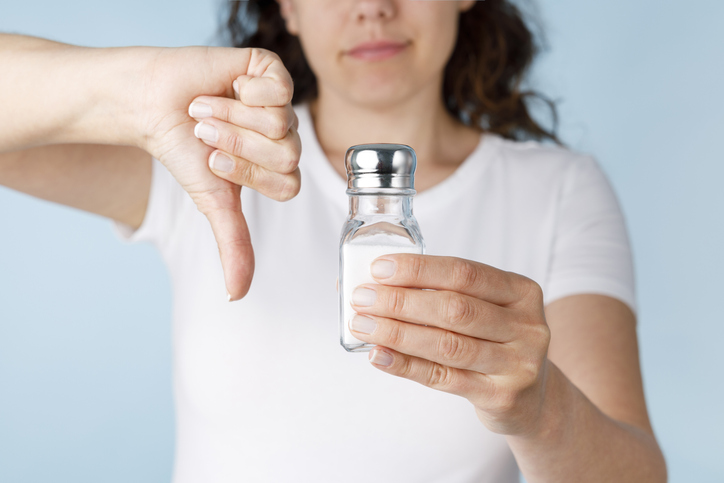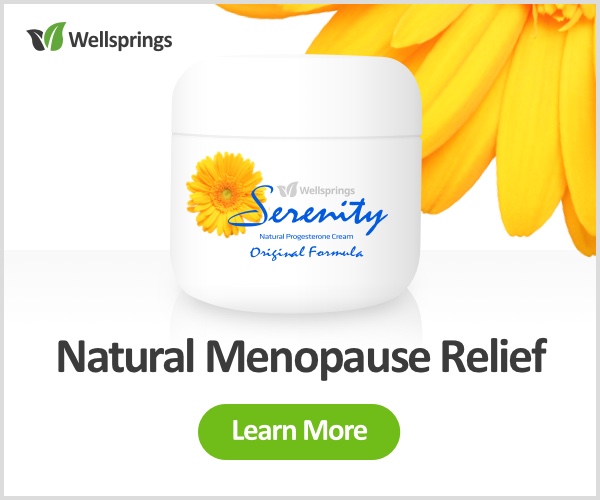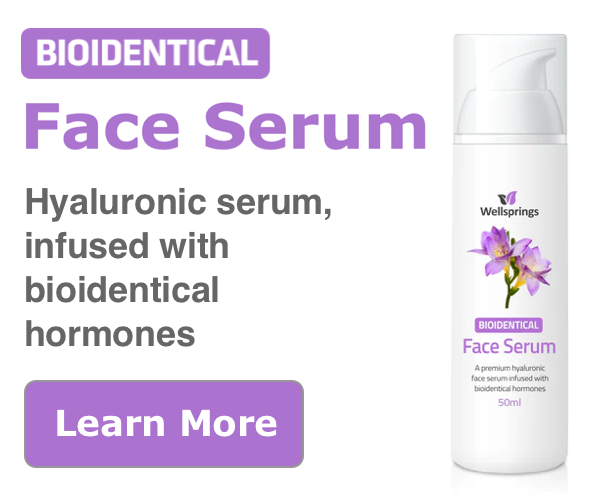Food and Drink to Help an Overactive Bladder
An over active bladder can be problematic but did you realise how much difference your diet can make?

If you have an overactive bladder (OAB) with urge incontinence, food and drink can make a big difference to your symptoms.
So sometimes what you drink or eat can aggravate symptoms and sometimes how much you eat or drink can make them worse, too.
If you are struggling, try these tips to help you stay more in control.
What to drink and when
The best drink is plain water as the added ingredients in soft drinks and energy drinks, and caffeine in coffee, may aggravate an overactive bladder.
Staying hydrated is important to overall health but choosing how much and when to drink is essential to help your bladder.
Here are some tips for managing your fluid intake:
– Spread out fluid intake throughout the day, sipping water between meals, not large amounts at one time
– Don’t carry a large water bottle with you unless exercising
– Fill your cup or glass half-way or use a smaller cup
– Sip, don’t gulp
If you’re drinking enough water, your urine should be light yellow or almost colourless and remember that you also get fluids in other foods, such as fruit, vegetables, and soups.
See your doctor if you have pain or burning with urination, or if your urine is cloudy, dark, or smells strong.
Drinks that may increase the urge to go
Caffeine is one of the biggest culprits as it can make you urinate more. Coffee, tea, energy drinks, and colas can all lead to more bathroom visits.
Drinks that have it also contain acid, which can bother the bladder. Try decaf, low-acid coffees, and non-citrus herbal teas or make a cup that’s half decaf and half normal.
Studies show that reducing caffeine intake to below 100 milligrams per day – the amount in one cup of coffee – may help reduce urge incontinence symptoms.
BUT you may want to wean yourself gradually to avoid caffeine withdrawal headaches.
Carbonated drinks like colas, energy drinks, soda and sparkling waters may irritate sensitive bladders so best to limit how much you take in.
If your taste runs to Champagne or other sparkling wines, keep in mind that both the fizz and the alcohol could trigger problems.
Alcohol in any form makes you need to pee more whether that’s beer, wine or spirits.
It interferes with brain signals to the bladder about when to go so limit how much you drink, or stop drinking if you have sensitivity.
Acidic fruit and their juices can make it harder to control the urge to pee. These include oranges, grapefruit, clementines, lemons, limes and even tomato.
Try switching to something with less acid, such as apple or pear juice, and dilute it with water.
If you think a certain fruit might be setting off your symptoms, stop eating it for a while, then slowly add small amounts back in to your diet to see if things change.
Artificial sweeteners such as aspartame and saccharin can irritate the bladder, but so too can sugar and honey, so take a break from them and see what happens.
Foods to avoid
Some people find that certain food or drink seem to make symptoms worse. If you feel that any of these potential problem foods affect you, see if eliminating or cutting them back helps.
Acidic foods like tomato sauce, spaghetti sauce, chilli, and ketchup, are among the chief reported offenders.
Highly spiced food like chillies or wasabi can wreak havoc on the bladder so dial down the spiciness and test out how much heat you can handle without affecting your bathroom habits.
Artificial sweeteners aren’t just in drinks as they are in many pre-packaged foods so check the label. Eat those with artificial sweeteners in moderation if they are a trigger for you.
Chocolate unfortunately this is high in caffeine so keep to a small amount.
You could try white chocolate instead, since it has little or no caffeine but dark chocolate gives you the most health benefit overall.
Salty foods can cause the body to retain water, which eventually goes to the bladder. They also make you thirstier, so you’re likely to drink more liquids.
Reduce intake of potato crisps, salted nuts, and other salty food or find lower salt versions.
Rich, creamy cheese can make symptoms worse in some people, especially aged cheeses and sour cream.
If your bladder is reacting then keep to very small amounts, or try non-aged cheese instead.
Condiments such as soy sauce, vinegar, ketchup, mayonnaise and others contain acids or other problem ingredients.
Use dressings with bladder-friendly herbs like rosemary, dill, thyme, and garlic instead.
Cranberries are acidic, so they could spell trouble if you have an overactive bladder.
However, they do help some people avoid getting bladder and urinary tract infections so monitor their effect as it is very individual.
What can help
If you feel that something in your diet is hampering your attempts to manage your urge incontinence, but you don’t know what it is, try keeping a bladder diary.
Keep a daily record of what and when you eat and drink, and your urination patterns.
Another option is trying an elimination diet. Remove one item – tomatoes, for example – from your meals for a week. If your symptoms get better, make a note of it. Gradually add back small amounts of that food until you notice your symptoms come back.
You may be able to enjoy the food in modest amounts while avoiding irritating side effects, but don’t try cutting out more than one thing at a time as it will confuse the issue over which one is most affecting you.
Helpful information:
As well as addressing your diet, don’t forget there are other helpful things that can be done with exercise and certainly hormone balance also plays a part here as well.
Both progesterone and oestrogen can be helpful, so a combination cream such as 20-1 would be worth considering.
Strange as it may seem, your bladder is affected by your emotions and at menopause they are a frequent cause of stress, so this article can help.
https://anna.blog.wellsprings-health.com/how-an-overactive-bladder-can-cause-emotional-problems/


















